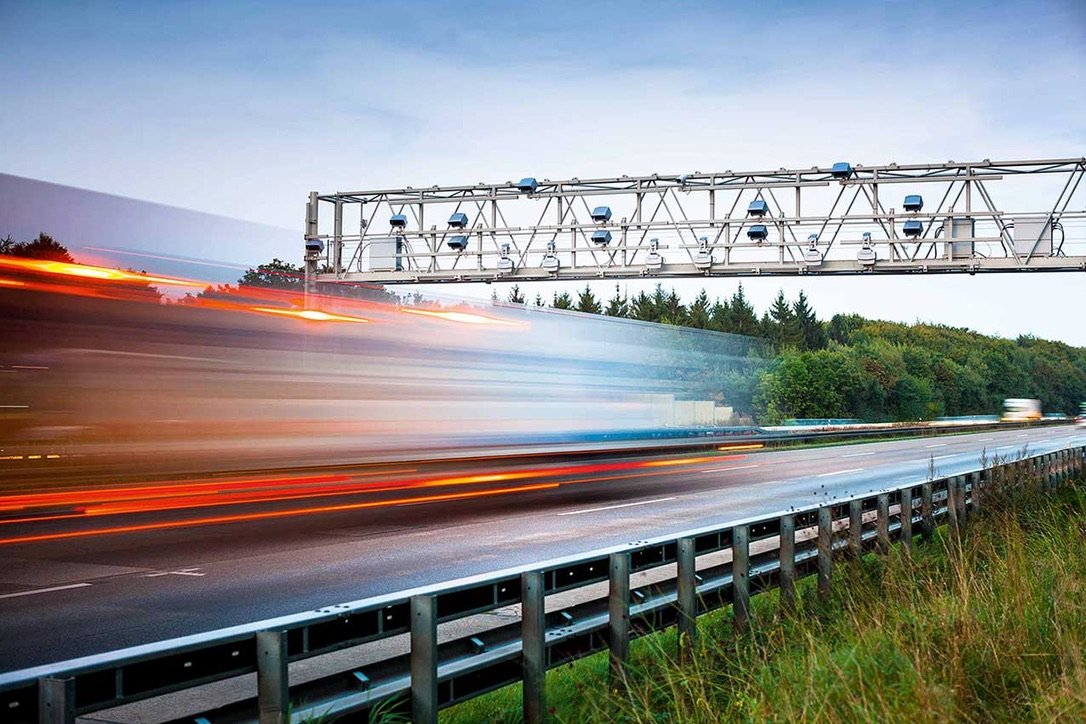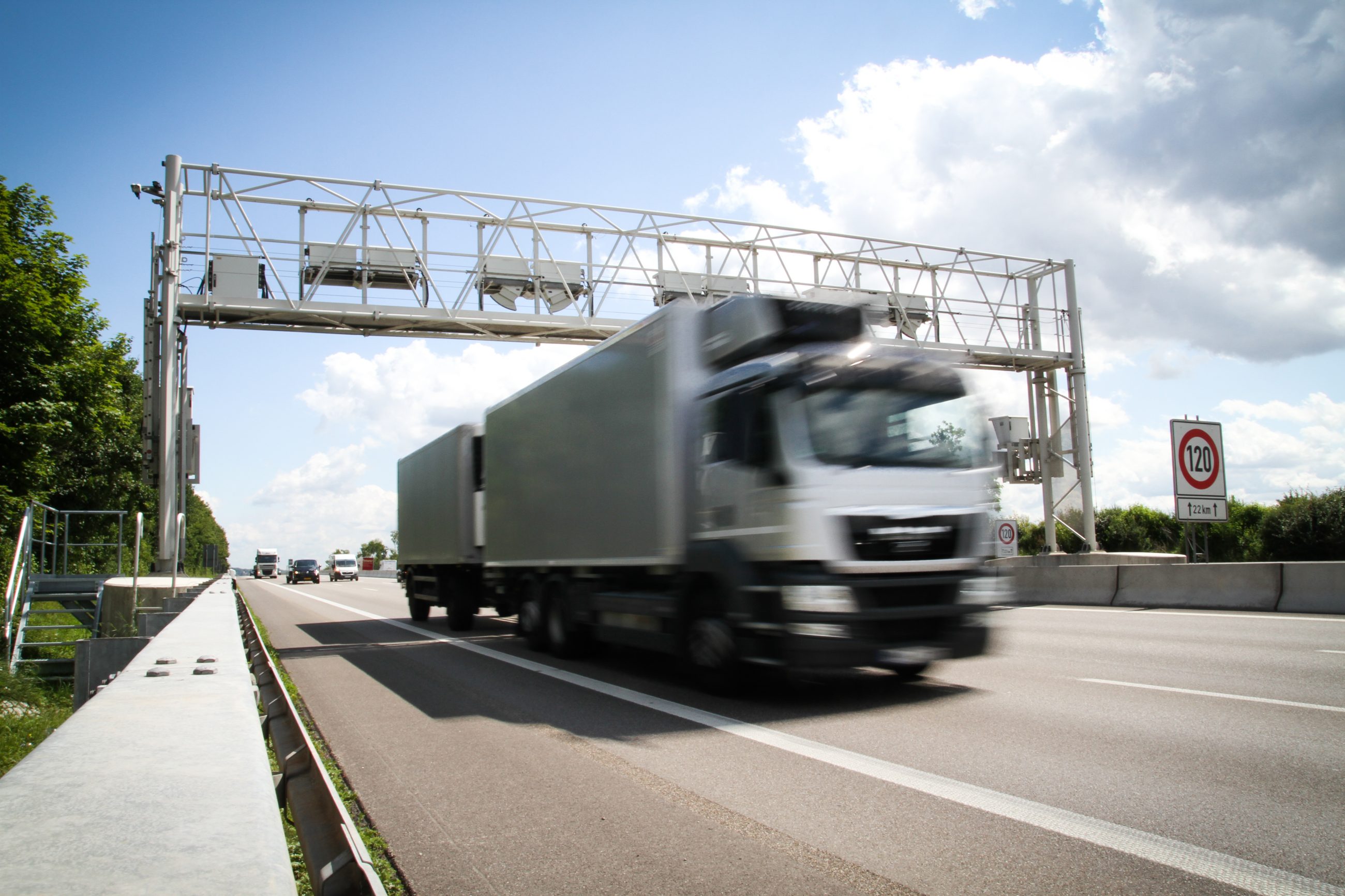Mobile tolling in practice

We looked at the models to support Mobile Tolling last months, today, we analysed the practicalities of making it work.
Evidently mobile tolling works best with no existing infrastructure or a Free Flow toll model. In the case of Satelise, it would geolocate the driver and charge the toll or road charge whenever a virtual gantry is crossed. The app’s role is simply to send position information to the server and to act as the customer interface.
On the backend, the server calculates the toll price, manage the transactions as well as adapt pricing to various conditions and vehicle categories. It also places the gantry where needed, which could be elsewhere than where the physical ones are now.
Today the ratio of fully equipped enforcement gantries is a third of the overall number of gantries. Since the primary enforcement uses the location of the vehicle itself, a lot less gantries will be needed overall. For vehicle classification, since the driver can register different vehicles, the existing vehicle classification systems will also be used and matched to the mobile tolling account.
Satelise has also planned for mobile enforcement unit using a match between the number plate and the known location of the vehicle; they can easily identify the “app customers”.
However, since Satelise will first be used on networks equipped with physical barriers, it has to work with existing plaza. To do that, the network will need to modify one of its ETC lanes to support video tolling.
In order for the barrier to open the app will send the number plate to the gantry 10 minutes before the car approaches the plaza. With the number plate in memory, the matching vehicle location and with extra camera installed to ensure the number plate is read, Cintra believes the mobile tolling transaction will go as fast or faster than an normal Electronic Toll Collection (ETC) one.
To provide the arrival information in a timely manner, and since Satelise wants to avoid any phone manipulation while driving, the driver will need to start the app at the beginning of his trip.
While this seems to be asking quite a lot from the driver, Satelise has of course built this solution for the future of road charging where most or all roads are charged at different tariff and with different conditions – and your phone is expected to be plugged while driving. There are also technical and operational issues to be covered for the app to be running in the background without emptying the phone battery. An issue the Usage Based Insurance industry is busy grasping at this very moment.
In the short term, since the tolled network is clearly identifiable, it will be down to the driver to start the application when it is needed.
Privacy concerns will be an immediate issue with regulations in different countries forbidding the transfer of live GPS data and/or speed, the architecture of the system might have to change to export itself outside Spain. Thankfully, managing OTA updates of map or price data on iOS and Android is much simpler than on dedicated devices…
The real question here is not whether Satelise will work or not, rather why have the operators waited for so long? In all other branches of the connected vehicle market, the smartphone is increasingly becoming the platform of choice. And with the rapid progress in power management, user Interfaces and sensors, it will only become more prevalent.
One answer could be that mobility pricing will very quickly require the app to run in the background and detect the mode of transport as well as the charge due.
We believe the tolling industry should seriously look at the Pay As You Drive sector. Tracking and charging (insurance) for the kilometres driven has been an industry for more than 5 years. During that time the devices, the service provision and the models have evolved extremely rapidly. Cintra re-invented the wheel with their in-house app. Other operators should consider what is already on the shelves today, they will save on development cost as well as deployment and testing time. Conveniently we analysed in details what is on the shelve today and how to use it in the ETC Global Study 2015

